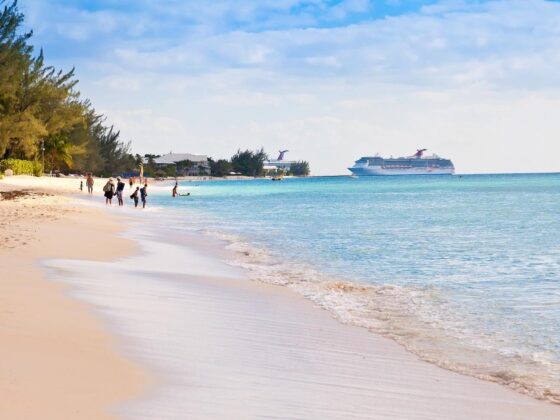Discover the groundbreaking Cayman Islands Climate Change Policy 2024-2050. Learn about key initiatives, goals, and strategies for a sustainable future in this comprehensive guide.
Emissions Reduction in the Cayman Islands
Reducing greenhouse gas emissions is one of the most urgent global priorities in addressing climate change. For the Cayman Islands, emissions reduction is especially important given the territory’s reliance on imported fossil fuels for electricity and transportation. While the islands contribute only a small fraction to global emissions, cutting back locally is vital for energy independence, cost savings, and climate resilience.
Emissions reduction strategies include expanding renewable energy, improving energy efficiency, promoting sustainable transport, and conserving ecosystems that act as natural carbon sinks. These approaches not only lower carbon output but also support a healthier environment and a stronger economy.
This page brings together articles that explore emissions reduction across the Cayman Islands — from government policy and business innovation to community practices — highlighting the pathways available for creating a low‑carbon future.
Why Emissions Reduction Matters in the Cayman Islands
The Cayman Islands’ energy system is almost entirely powered by imported fossil fuels, making electricity costs among the highest in the Caribbean. This dependence creates economic vulnerabilities while contributing to emissions that accelerate climate risks. By reducing emissions, the islands can tackle both environmental and financial challenges.
Renewable energy projects — such as solar farms and battery storage — help diversify the supply while cutting reliance on imported fuel. Energy efficiency programs reduce waste and bring down costs for households and businesses. Sustainable transport, such as electric vehicles and bike-friendly planning, lowers emissions while improving quality of life.
Natural ecosystems also play a role: mangroves and seagrass beds act as carbon sinks, absorbing emissions while providing critical coastal protection. Safeguarding these habitats is a cost-effective, nature-based way to reduce emissions.
By prioritizing emissions reduction, the Cayman Islands strengthen sustainability, protect natural resources, and contribute meaningfully to global climate goals.
Related Articles on Emissions Reduction
Emissions Reduction and Sustainability in the Cayman Islands
Emissions reduction is a cornerstone of sustainability in the Cayman Islands. Lowering reliance on fossil fuels reduces air pollution, stabilizes energy costs, and supports economic resilience. At the same time, renewable energy and efficiency efforts align with global climate agreements and demonstrate local leadership.
By linking emissions reduction with broader initiatives, such as waste reduction, biodiversity conservation, and sustainable tourism, the islands create a cohesive sustainability framework. This integrated approach ensures that environmental stewardship supports both community wellbeing and long-term prosperity.

